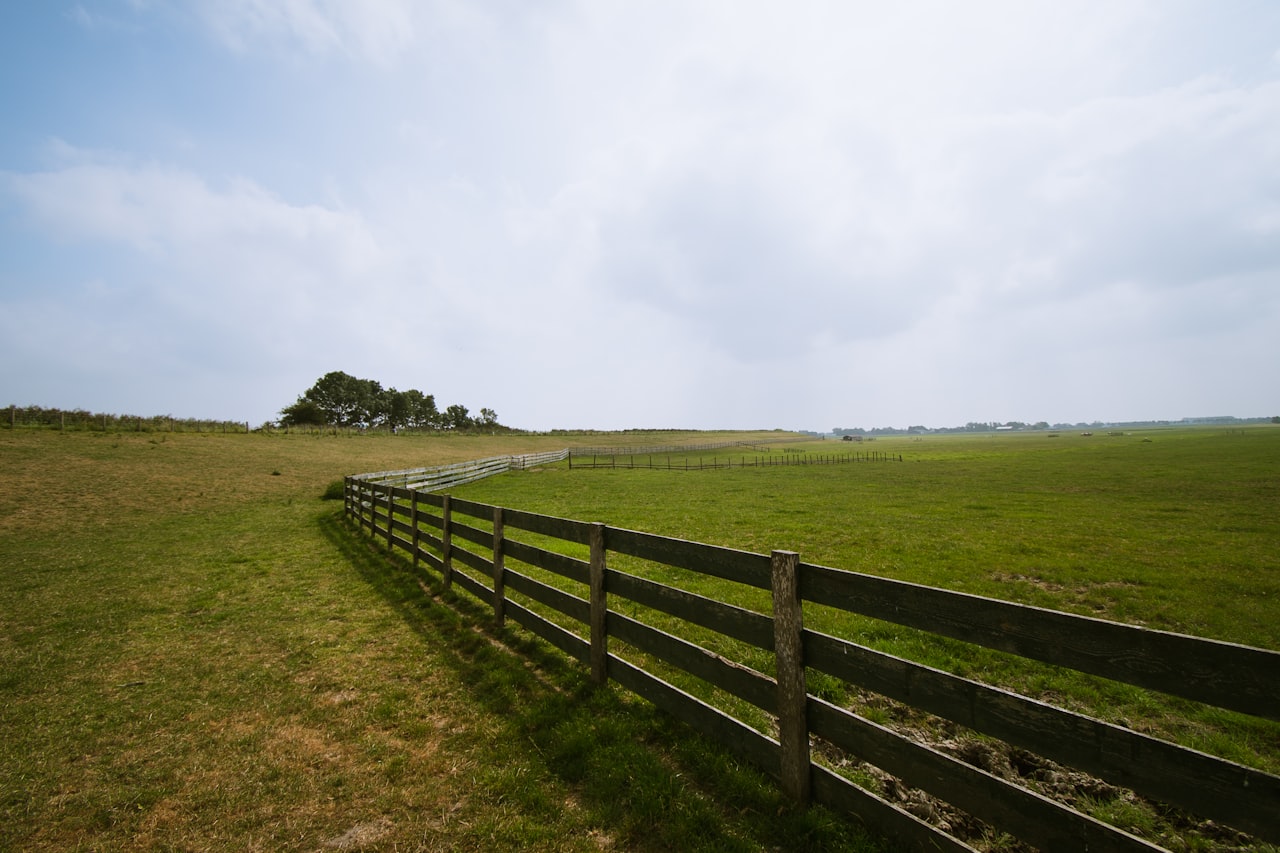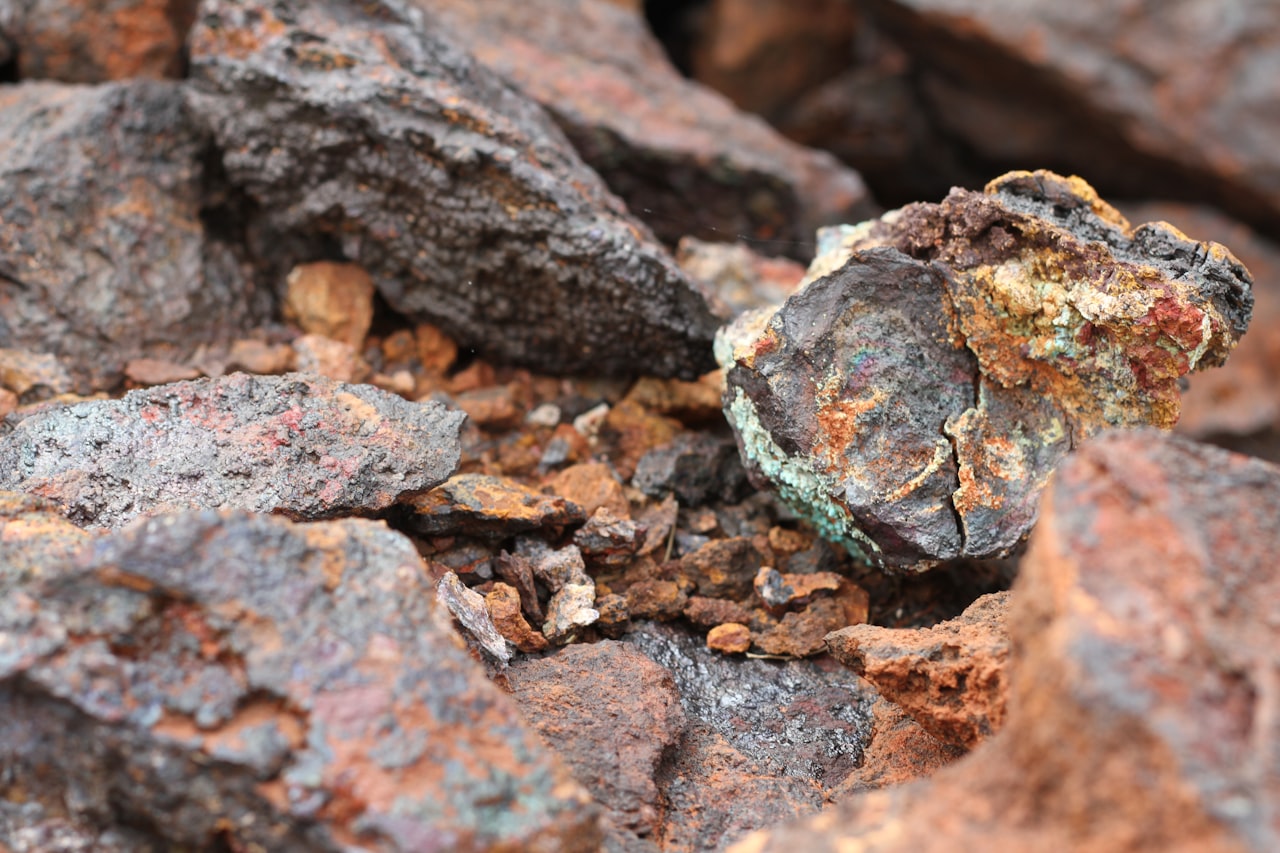A real estate investment – residential, commercial, industrial, or farmland – is considered a smart addition to any well-diversified portfolio, but buyers are sometimes wary of investing in real estate, and especially farmland, for a few simple reasons. First, there is the uncertainty involved in dealing with something they may not entirely understand or feel comfortable with. Second, they may lack the necessary capital to purchase and then maintain a property well enough to earn an acceptable rate of return. Third, the demanding process involved in locating, purchasing, and developing an investment property, whether it is for resale, rental, or other use, is often more time-consuming than expected.
Farmland: A Healthy Long-Term Investment
It’s important to know that in the long run, almost all farmland increases in value, especially as the need for high-quality farmed food continues to grow globally, and quality land that’s suitable for agriculture becomes more and more sought after. Historically, too, investments in farmland have proven to earn higher rates of return than other, more traditional types of investments.
The decision as to whether or not an investment in farmland is in line with your financial goals can be made easier by asking yourself a few basic questions.

- Are you willing and able to make the financial investment required? If so, then finding an experienced lender who is knowledgeable about purchasing farmland and the various loan options – perhaps a government loan through the USDA – is critical. Traditional lenders are not always aware of the various types of loans (loans to purchase, farm operating loans, and lines of credit, for instance) that are available to investors in agricultural real estate.
- An investment in farmland is not a short-term prospect; to get the best return on your investment, are you willing to hold on to the land for an extended period to withstand all the ups and downs of the economy? Should you wish to sell at a certain point, you also need to be prepared for a process that may be significantly more cumbersome than selling shares of stock, for instance.
- Should the farmland you’re considering be located in an area that is expected to grow, your investment, while higher initially, might pay off substantially down the road. But in the meantime, you may have to deal with environmental or zoning issues as well as obtaining or maintaining access to utilities and roadways; is this something you are prepared for, potentially?
Tax Deductions and Other Benefits to Investing in Farmland
Investing in farmland is one of the most stable and highest-yielding types of real estate investment. Improvements to farmland – assets – such as crop irrigation, grain storage, or the addition of barns or other out-buildings – are often depreciated over time, which results in valuable tax deductions. Inflation, too, is less likely to affect the value of a farm in the long run as the need to produce more food for a growing worldwide population steadily increases. Also, agricultural investing doesn’t tend to be as volatile as investing in the stock market – which can either be very successful or very risky, in the short term – when it comes to recession. Finally, farmland is often used for much more than just traditional farming; it may produce income from timbering, mining for minerals, and ranching, all areas that offer attractive rates of return.
Calculating the Internal Rate of Return (IRR) for a Piece of Farmland
The Internal Rate of Return (IRR) is a number – a percentage – which gives the lender and investor an idea of the potential value of the investment. This figure, still very commonly used, is calculated without taking into consideration any debt the investor might incur in purchasing the property.
Annual returns come in two forms – cash returns and changes in market value; the total Internal Rate of Return is the sum of these two numbers.
- Cash Return, or Annual Yield. Calculated as the cash rental rate divided by the market value of that piece of land in the same year, this number represents rent that the owner will receive from the farmer, which varies somewhat, of course, from year to year due to trade wars, fluctuating interest rates, etc. Pricing on commodity crops such as corn or beans tends to follow the overall economy and is sometimes depressed. However, because commodity prices over time tend to rise, the annual yield of a piece of farmland on average does well.
- Appreciation in Property Value. The annual increase or decrease in the value of a farm is measured as a percentage change in value. Over the past 50 years, which is the longest period available from the USDA, we’ve seen that the annual percentage growth for farmland is around a very healthy 5.9%.
The Rich Agricultural Landscape of North Carolina: Ripe for Investment
The sheer variety of crops that are grown in North Carolina – over 80 different commodities – is vast indeed.
- Along the coastal plain, the largest farms statewide – some up to 15,000 acres! – produce berries, melons, sweet potatoes, and some of the state’s leading field crops: soybeans, cotton, tobacco, and peanuts.
- The Piedmont area specializes in dairy products, turkeys and chickens, tobacco, sweet potatoes, vegetables, and fruit.
- North Carolina’s mountain region grows tobacco as well as corn, tomatoes, peaches, and apples. Tree farms, too, are an integral part of North Carolina’s mountain farming economy.
As the third most agriculturally diverse state in the country thanks to a broad range of soil types, geography, and climate, North Carolinians are fortunate in that opportunities for farmland investment do exist from the mountains to the coast. Besides the increased demand for NC agricultural products worldwide, the growth of farmers’ markets, restaurants, and grocery stores and an increased need for landscaping products in our state – primarily the thriving financial center of Charlotte and the tech hub of Raleigh – create additional demand as the population increases. Although the production of certain crops, primarily tobacco, has dropped off, demand for other products such as landscaping plants, organic produce, and hemp has successfully filled in that gap. The state’s economy has strong ties to its agricultural output in terms of both jobs and revenue.
Find out more:













